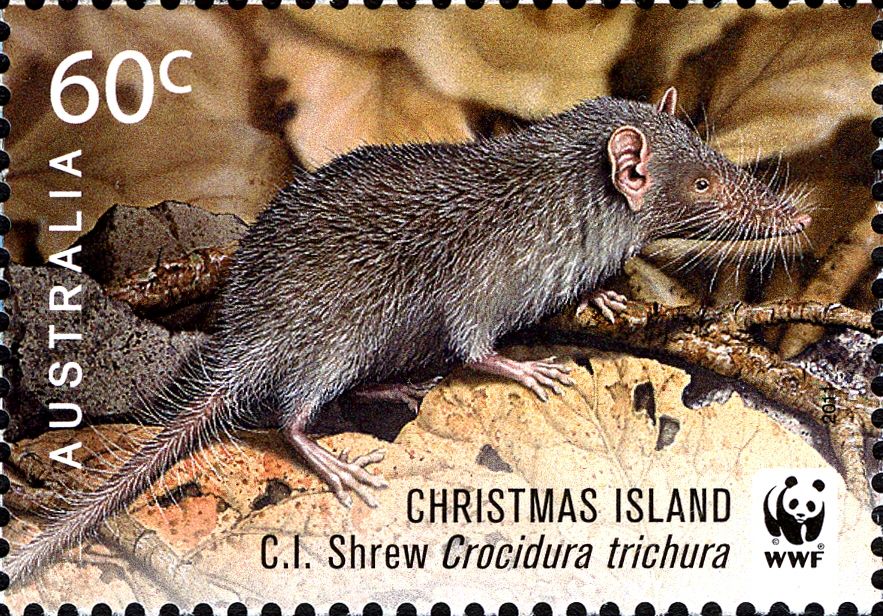
The IUCN Red List of Threatened Species has just published its second update of the year (10 October 2025), including reassessments for many small mammal species submitted by the Small Mammal Specialist Group. So, what’s changed and what’s new? Check out some of the first time assessments for newly described species and some Green Status of Species assessments we’ve contributed to.

Christmas Island Shrew (Crocidura trichura) – Extinct
There have been no confirmed records of the Christmas Island Shrew since 1985, despite surveys and many studies. Extinction can be difficult to prove, especially for a species as cryptic as the shrew, however, on the balance of evidence, this species has been assessed as Extinct. Extensive clearance of its rainforest habitat for mining, introduced diseases, and invasive predators are all likely to have caused the loss of this species.
Read a full article about the species by SMSG member Prof. John Woinarski here.
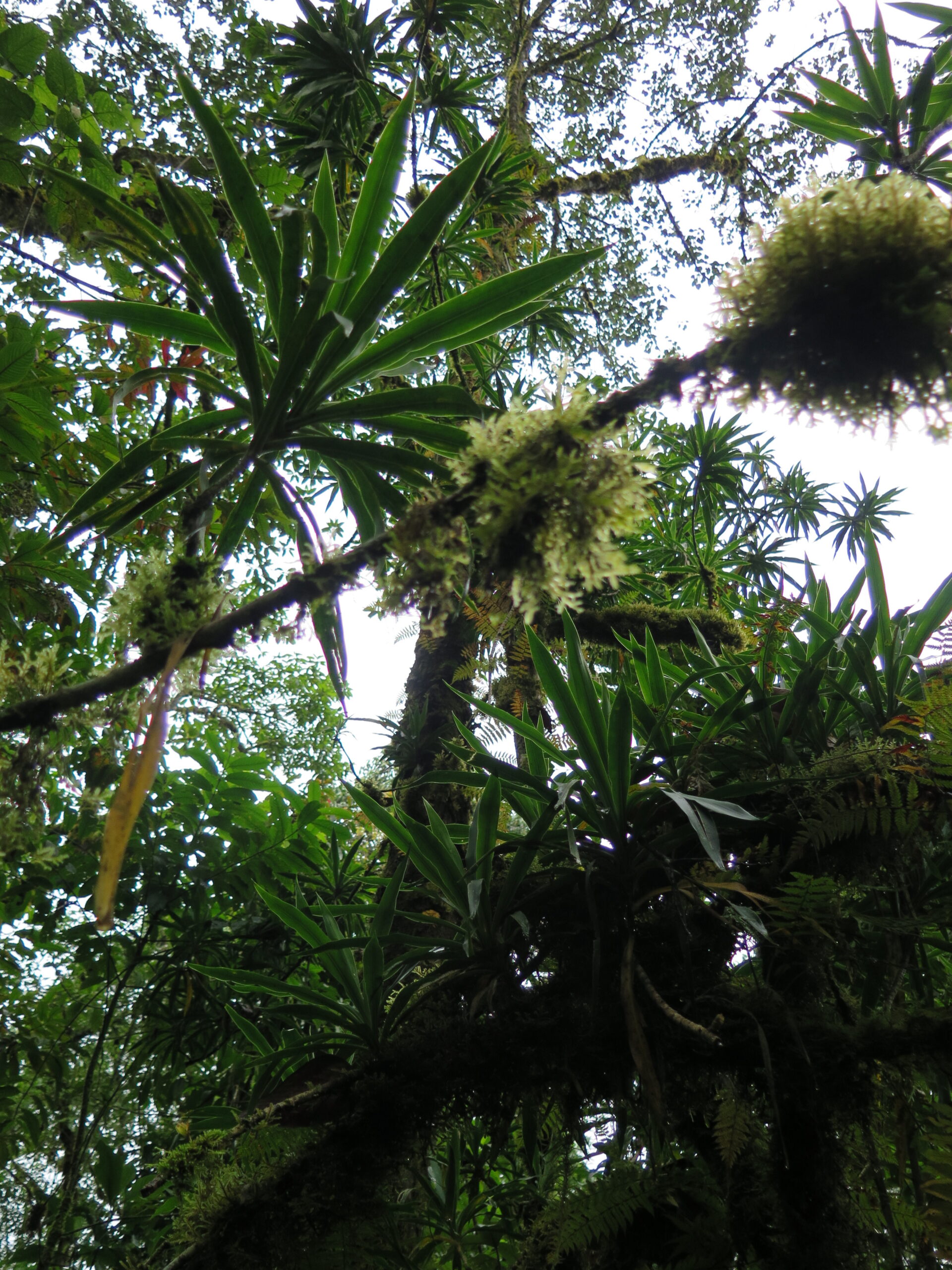
Harenna Mouse (Mus harennensis) – Vulnerable
This mouse is endemic to Ethiopia, where it is known from the Bale Mountains (with most records from the Harenna forest) and the Chingawa forest. It is inferred to be experiencing a continuing decline in habitat quality as the Chingawa forest is unprotected and suffering losses of natural habitats due to agriculture, such as from increased coffee production. Urgent actions are needed to help preserve this unique forest.
Photo credit: J. Bryja
Chingawa Forest Rat (Chingawaemys rarus) – Critically Endangered
Only known from a single specimen collected from the type locality in the Chingawa Forest of southwestern Ethiopia. It has not been recorded again despite trapping at the type locality and has not been recorded in other forest fragments in the region, therefore it is assumed that the species is rare. The Chingawa Forest is unprotected and is threatened by various human activities, including intensive coffee cultivation which has increased in recent years.
Ethiopia is a Key Region for small mammals, because of the high numbers of globally threatened species.
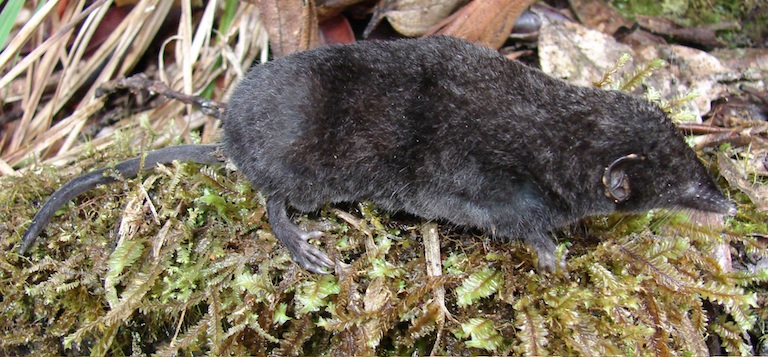
Palawan Moss Shrew (Palawanosorex muscorum) – Near Threatened
The Philippines is a country that has had many new species descriptions in the last few decades. Amongst these is the Palawan Moss Shrew, that has only been found on Mt. Mantalingahan, in the southwest of Palawan Island. It lives in high-elevation forest that is cool, wet, and steep, where there are thick layers of moss.
To find out more about this species, check out this blog.
Image from Danilo Balete.
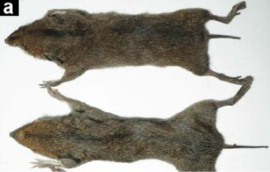
Vietnamese Gymnure (Neohylomys vietnamensis) – Near Threatened
Before this species was discovered in Viet Nam, the genus was only known to have a single species, the Hainan Gymnure (Neohylomys hainanensis), which is only found on the island of Hainan, China. Almost nothing is known about the ecology of gymnures, which sit within the family Erinaceidae (hedgehogs). The species here is tentatively listed as Near Threatened, because it is currently only known to have a small range. Further surveys and research into the distribution, ecology, and threats it may face are needed.
Find the description paper here.
Photo credit: Bannikova et al. 2024 https://mapress.com/zt/article/view/zootaxa.5541.3.2

Hon Khoai Squirrel (Callosciurus honkhoaiensis) – Critically Endangered
This species is only known from the small island of Hon Khoai in Viet Nam. Its primary forest habitat is being lost and degraded due to road construction and pollution.
Check out this article to find out more about this species and others that are threatened on this tiny island.
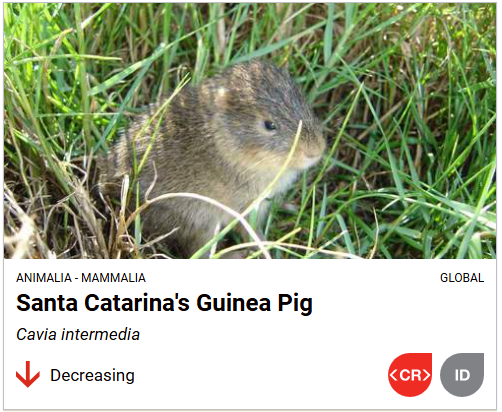
Santa Catarina’s Guinea Pig (Cavia intermedia) – Indeterminate GSS
Cavia intermedia evolved on, and has persisted on, a tiny island for around 8,000 years. Its Species Recovery Category is Indeterminate, which reflects the uncertainty around whether the species is declining; if not, because the species is expected to occur in similar numbers today as it has for centuries, it could be considered Functional. Research is ongoing to verify the population trend. The island is difficult to access, but some hunting may take place occasionally, so without legal protection of the island the species’ would be expected to be worse off but still Present; therefore the Conservation Legacy and Conservation Dependence are both Medium. Looking to the future, there is some probability that a stochastic event (in this case, a fire) could drive the species to extinction within 20 years; therefore, all future scenarios include the possibility of extinction. In light of this, the Conservation Gain is Indeterminate. Because the population currently fluctuates around carrying capacity, it is unlikely that the species could increase to much higher levels, but in the long term, if there was evidence that the species was not declining and that all non-stochastic threats were not operating, the species may yet be considered Fully Recovered. However, the threat of stochastic extinction makes the Recovery Potential for this species Indeterminate.
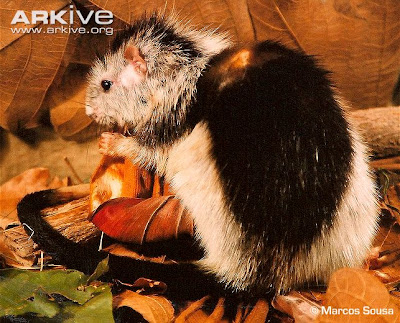
Painted Tree-rat (Callistomys pictus) – Largely Depleted GSS
This Endangered species is endemic to the Atlantic Forest in Bahia State, Brazil. It has a Green Status of Species Recovery Score of 25% (Largely Depleted), reflecting its high extinction risk and low ecological functionality in the sole unit of its indigenous range. Most of the 11 known records are near protected areas, suggesting some benefit from habitat protection. While limited data prevent firm conclusions, conservation may have prevented extinction. The species’ presence in cacao plantations indicates some tolerance to agroforestry, so Conservation Legacy is assessed as Low.
If current protections continue, the species is likely to persist in its present state. Its occurrence in cacao plantations may make it vulnerable to fluctuations in land use driven by market forces. However, a worsening of status is unlikely without major loss of range, which is already likely underestimated. Nine municipalities have been identified for future surveys (Sanchez et al. 2025). Based on these considerations, Conservation Gain is also assessed as Low.
Without protected areas, habitat loss – especially from oil palm expansion – would likely increase. While the species might persist in oil palm to some extent (Sanchez et al. 2025), range contraction would likely occur, but not enough to cause a status decline within 10 years. Conservation Dependence is thus assessed as Zero.
Due to sparse data, true distribution and population size remain unclear. While recovery may not be feasible under worst-case assumptions, improving habitat connectivity, incentivising sustainable cacao, and enhanced monitoring could support range expansion and halt declines, potentially improving the status to Least Concern. Therefore, Recovery Potential is Medium.
A huge thanks to SMSG Intern Salomé for her work to get this species drafted and published.






Recent Comments